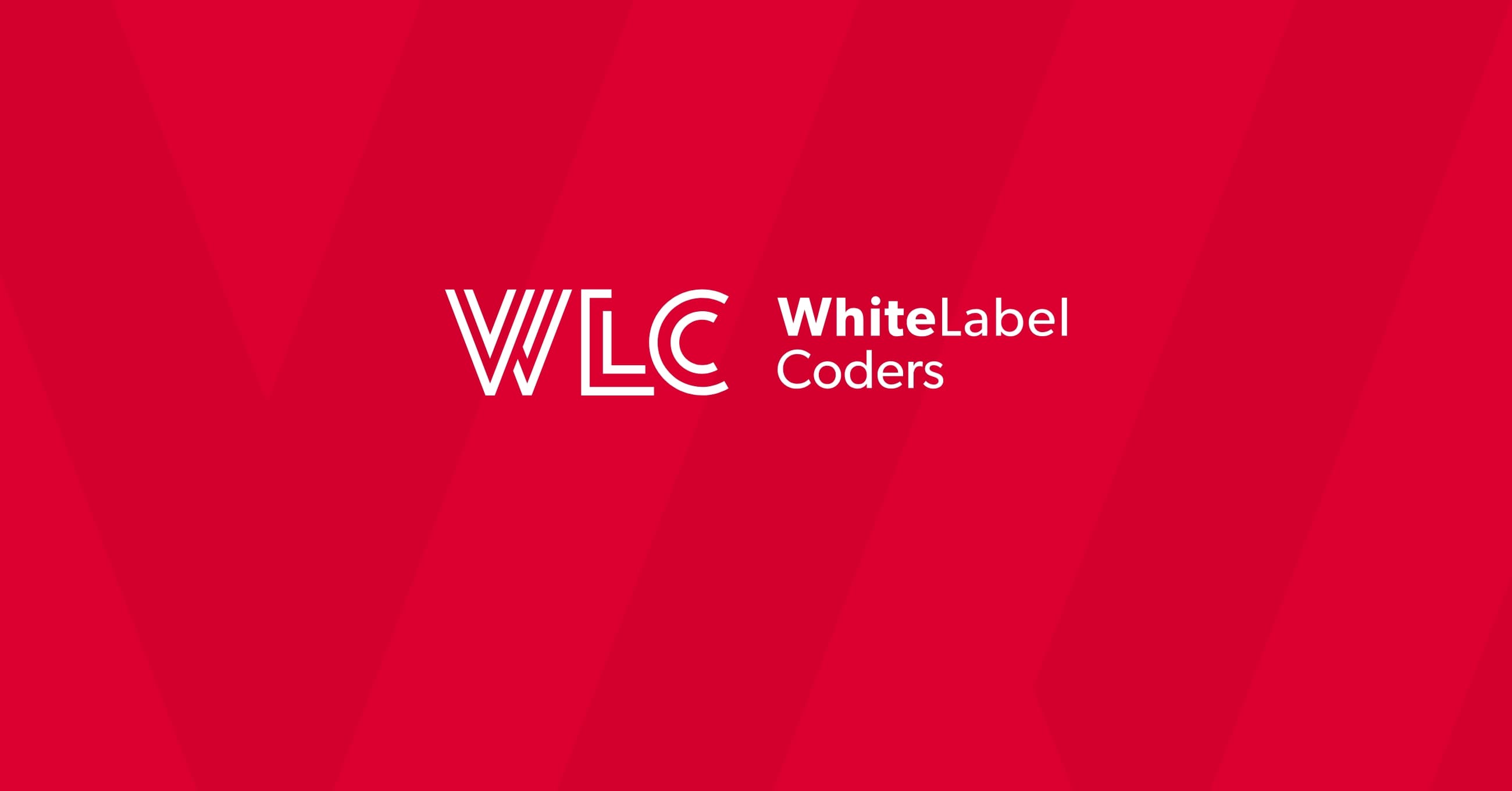Category: WooCommerce
Is WooCommerce a good website builder?

Contemplating a new online store or business website? Among the myriad options available, WooCommerce development stands out as a powerful contender in the website building space. But is this WordPress plugin truly suitable for creating full-fledged websites, or is it merely an e-commerce add-on? Let’s explore the capabilities, limitations, and real-world applications of WooCommerce as a comprehensive website building solution.
What is WooCommerce? Understanding the fundamentals
WooCommerce is an open-source e-commerce plugin designed specifically for WordPress. Launched in 2011 by WooThemes (now acquired by Automattic, WordPress’s parent company), it has grown to power over 28% of all online stores worldwide. But here’s where many get confused – WooCommerce isn’t a standalone website builder; it’s an extension that transforms a WordPress website into a fully functional online store.
Unlike dedicated website builders that offer all-in-one solutions, WooCommerce relies on WordPress as its foundation. This symbiotic relationship means that WooCommerce inherits WordPress’s content management capabilities while adding robust e-commerce functionality. The plugin handles everything from product listings and inventory management to shopping carts and payment processing, but it doesn’t replace WordPress’s core website building functions.
This fundamental distinction shapes how WooCommerce functions as a website creation tool. You’re not building a website with WooCommerce alone – you’re building a WordPress website with WooCommerce powering its commercial capabilities. This approach offers remarkable flexibility but requires understanding both platforms rather than just a single unified system.
WooCommerce vs traditional website builders: Key differences
When comparing WooCommerce to dedicated website builders like Wix, Shopify, or Squarespace, several fundamental differences emerge in their approach to website creation. Traditional website builders typically offer drag-and-drop interfaces within closed ecosystems. Everything – from hosting to security to design tools – comes bundled in a single package with a monthly subscription.
WooCommerce, in contrast, follows an entirely different philosophy. As a plugin-based solution, it’s part of the open-source WordPress ecosystem. This means you’ll need to separately manage hosting, security, and core WordPress functionality. The table below highlights these conceptual differences:
| Feature | Traditional Website Builders | WooCommerce + WordPress |
|---|---|---|
| Architecture | All-in-one platform | Plugin-based open ecosystem |
| Hosting | Included | Self-managed |
| Technical control | Limited | Unlimited |
| Learning curve | Shallow | Steeper |
| Customisation potential | Moderate | Extensive |
| Payment model | Monthly subscription | Pay for what you need |
These differences reflect fundamentally different methodologies for website development. Traditional builders prioritise simplicity and convenience, while WooCommerce embraces flexibility and customisation at the cost of added complexity. Understanding these philosophical differences is crucial when evaluating WooCommerce as a potential website building solution.
How WooCommerce works: The technical framework
Behind WooCommerce’s interface lies a sophisticated technical architecture that seamlessly integrates with WordPress. At its core, WooCommerce operates through the WordPress database structure, extending it to include e-commerce specific tables that manage products, orders, customer data, and payment information.
The framework relies on WordPress’s theme system to determine how your store looks and functions. When you install WooCommerce, it creates specific template files that your WordPress theme can either use directly or override with custom designs. This theme-based approach means your store’s appearance depends on both your chosen WordPress theme and how well it’s optimised for WooCommerce compatibility.
The true power of WooCommerce lies not in what it does out of the box, but in how it can be extended, customised, and integrated with the broader WordPress ecosystem to create something uniquely tailored to specific business requirements.
From a technical standpoint, setting up a WooCommerce store involves significantly more considerations than using a drag-and-drop builder. You’ll need to select appropriate hosting that can handle e-commerce traffic, install and configure WordPress, then add WooCommerce as a plugin. This process requires understanding of web servers, database management, and WordPress administration – skills that aren’t necessary with all-in-one website builders.
The advantages of building a website with WooCommerce
The WooCommerce approach to website building offers several compelling advantages that explain its enormous popularity despite the steeper learning curve. First and foremost is unparalleled customisation flexibility. Unlike closed platforms with limited extension options, WooCommerce can be modified in virtually unlimited ways through custom code, thousands of plugins, and theme adjustments to create exactly the site you envision.
Data ownership represents another significant advantage. With WooCommerce, you maintain complete control over your customer information, order history, and product data. This contrasts sharply with hosted platforms where your business data lives within the provider’s ecosystem, potentially creating vendor lock-in concerns. The WordPress + WooCommerce combination also delivers exceptional content management capabilities alongside e-commerce features – a particular strength for businesses where content marketing drives sales.
The extensive plugin ecosystem further enhances WooCommerce’s appeal. With over 55,000 WordPress plugins and hundreds of WooCommerce-specific extensions, you can add virtually any functionality imaginable – from subscription billing to appointment booking to marketplace features. This extensibility creates remarkable scalability potential without the growing pains or pricing tiers commonly encountered on hosted platforms. For businesses anticipating growth or requiring unique functionality, this expansive ecosystem offers substantial long-term value.
Limitations of WooCommerce as a website building solution
Despite its advantages, WooCommerce presents several significant challenges as a website building solution. Perhaps most notably, it features a steeper learning curve compared to dedicated website builders. Successfully implementing a WooCommerce site requires understanding WordPress fundamentals, plugin interactions, hosting considerations, and potentially some coding knowledge. This complexity can extend development timelines and create frustration for those expecting a simple, intuitive experience.
Maintenance responsibilities represent another substantial drawback. Unlike all-in-one platforms that handle updates, security, and technical issues automatically, WooCommerce sites require ongoing attention. You (or your development team) must manage WordPress updates, plugin compatibility, security patches, and performance optimisation. This maintenance burden increases both the total cost of ownership and the technical expertise required to keep your site running smoothly, as detailed in the role of continuous maintenance in scaling a WooCommerce store.
Performance issues can also emerge without proper configuration. WooCommerce adds considerable complexity to WordPress, potentially resulting in slower page loads and decreased user experience without optimisation. Additionally, when technical problems arise, troubleshooting can be more complicated due to the interplay between WordPress core, your theme, WooCommerce itself, and any additional plugins. These limitations make WooCommerce less suitable for businesses without technical resources or those needing the simplest possible implementation path.
Is WooCommerce suitable for beginners?
For those without technical expertise, WooCommerce presents a mixed picture. On one hand, its integration with WordPress means you can leverage the familiarity of the world’s most popular content management system. Basic operations like adding products, processing orders, and managing content follow intuitive workflows. Additionally, the extensive documentation and community support provide valuable learning resources for beginners willing to invest time in understanding the platform.
However, the reality is that WooCommerce has a significantly higher entry barrier than dedicated website builders. Setting up a professional-looking, fully functional WooCommerce store typically requires several weeks of learning for those starting from scratch – compared to potentially just days with drag-and-drop alternatives. The initial configuration involves multiple technical decisions about hosting, themes, plugins, and security that can overwhelm newcomers.
Beginners should realistically assess their willingness to learn technical concepts and time availability before choosing WooCommerce. If you’re comfortable with a learning curve and value the long-term flexibility, WooCommerce can be mastered with dedication. However, if you need the simplest possible path to launching a website or lack interest in managing technical details, other platforms may better serve your needs. Many businesses find that professional website maintenance services bridge this gap, providing technical expertise while allowing them to focus on their core business.
Building a WooCommerce website: Step-by-step process
Creating a website with WooCommerce involves a structured process that begins well before installing the plugin itself. The journey starts with domain registration and hosting setup – critical foundations that determine your site’s reliability, speed, and security. Unlike all-in-one platforms, you’ll need to select a WordPress-optimised hosting provider, configure your domain DNS settings, and install the WordPress core software.
With WordPress installed, the next decision point involves theme selection. Your theme determines your site’s visual appearance, layout options, and often its mobile responsiveness. While WooCommerce works with most WordPress themes, choosing a dedicated WooCommerce theme or framework can prevent compatibility issues and provide specialised e-commerce features. Popular options include Storefront (WooCommerce’s official theme), Astra, or OceanWP – each offering varying levels of customisation and e-commerce integration.
The next stage focuses on plugin installation and configuration. Beyond WooCommerce itself, you’ll likely need additional plugins for functionality like SEO, security, performance optimisation, and specific business requirements. After installing WooCommerce, the setup wizard guides you through initial configuration including location settings, payment gateways, shipping options, and tax calculations. This foundation then allows you to begin adding products, creating essential pages, and customising your store’s appearance through the WordPress customiser and WooCommerce settings.
Customizing your WooCommerce website: Design and functionality
Customisation represents one of WooCommerce’s greatest strengths, offering virtually unlimited potential to tailor your website to specific business requirements. Design customisation typically occurs through theme frameworks and page builders that work alongside WooCommerce. Popular options like Elementor, Divi, and Beaver Builder provide visual drag-and-drop interfaces that simplify layout creation without requiring coding knowledge.
For functional customisation, WooCommerce’s extension marketplace offers hundreds of purpose-built plugins addressing specific needs – from subscription management to marketplace capabilities to advanced product options. These official extensions maintain high compatibility standards but often come with premium price tags. Alternatively, the broader WordPress plugin ecosystem provides thousands of free and paid options for extending your site’s capabilities.
For businesses requiring highly specific functionality, custom development offers the ultimate flexibility. WooCommerce’s well-documented code and extensive API allow experienced developers to create bespoke features, integrate with external systems, or modify core behaviours to match exact business processes. This level of customisation isn’t possible with most closed-platform website builders but requires significant technical expertise to implement properly. The balance between using pre-built solutions versus custom development depends on your specific requirements, budget constraints, and available technical resources – with many successful sites using a thoughtful combination of both approaches, as shown in e-commerce website development agency examples.
Common challenges when using WooCommerce as a website builder
WooCommerce website owners frequently encounter several technical challenges that require systematic troubleshooting. Plugin conflicts rank among the most common issues, occurring when multiple plugins attempt to modify the same WordPress functionality in incompatible ways. These conflicts can manifest as visual glitches, performance problems, or complete site failures. Maintaining a disciplined approach to plugin selection and regular testing after updates helps mitigate these risks.
Update management presents another significant challenge. WordPress, WooCommerce, themes, and plugins all require regular updates for security and functionality improvements. However, these updates can sometimes introduce compatibility issues or break custom functionality. Establishing a proper staging environment to test updates before applying them to your live site is essential for preventing unexpected disruptions to your business operations.
Performance optimisation requires ongoing attention as your product catalogue and customer base grow. WooCommerce sites can experience sluggish performance without proper caching, image optimization, database maintenance, and hosting scalability. These technical considerations demand more expertise than typical with all-in-one platforms, where many optimisations happen automatically behind the scenes. Implementing a structured approach to security, including strong authentication, regular backups, security plugins, and keeping all software updated, helps protect your business and customer data from increasingly sophisticated threats.
WooCommerce for different business sizes: From startups to enterprises
WooCommerce demonstrates remarkable versatility across different business scales, but with varying implementation considerations. For startups and small businesses, WooCommerce offers an attractive low initial cost and the ability to implement only essential features when launching. A basic WooCommerce store can begin with shared hosting, a premium theme, and minimal plugins – creating an affordable entry point that expands as the business grows.
Mid-sized businesses typically require more robust infrastructure and additional functionality. At this scale, managed WordPress hosting, custom development for specific business processes, and more sophisticated marketing tools become worthwhile investments. The flexibility to integrate with accounting systems, CRM platforms, and inventory management solutions becomes increasingly valuable as transaction volumes grow and business processes become more complex.
Enterprise implementations reveal WooCommerce’s surprising scalability when properly configured. Large-scale WooCommerce sites handling thousands of daily transactions require enterprise-grade hosting infrastructure, potentially including load balancing, content delivery networks, and database optimisation. These implementations often involve significant custom development, API integrations with enterprise systems, and dedicated development teams for maintenance and enhancement. While the management complexity increases substantially at this scale, the total cost typically remains competitive compared to enterprise e-commerce platforms with similar capabilities.
Implementation complexity across business scales
| Business Size | Typical Infrastructure | Development Needs | Maintenance Requirements |
|---|---|---|---|
| Startup | Shared hosting | Pre-built theme, minimal customisation | Occasional updates, basic security |
| Growing SME | Managed WordPress hosting | Custom theme, moderate plugin integration | Regular maintenance, performance monitoring |
| Established business | Dedicated server or cloud hosting | Custom functionality, third-party integrations | Scheduled maintenance, security audits |
| Enterprise | Load-balanced multi-server environment | Extensive custom development, API development | Dedicated maintenance team, continuous optimisation |
When to choose WooCommerce over other website builders
Selecting WooCommerce as your website building solution makes the most sense in specific scenarios aligned with its strengths. When content marketing drives your business strategy, the combination of WordPress’s unmatched content management capabilities with WooCommerce’s e-commerce features creates a powerful synergy difficult to replicate on other platforms. Businesses publishing regular blogs, guides, or other content alongside their products typically find this integration particularly valuable.
Unique business models or workflows that don’t fit neatly into standard e-commerce patterns represent another ideal use case. Whether you’re creating a marketplace, membership site, subscription service, or any hybrid business model, WooCommerce’s extensibility allows for customisation that closed platforms simply cannot match. This flexibility extends to complex product types, custom checkout processes, or unique pricing models that may require bespoke development.
Long-term cost considerations also favour WooCommerce for growing businesses. While initial development costs may be higher than with all-in-one platforms, WooCommerce typically offers more predictable scaling costs. Rather than facing automatic pricing tier increases based on sales volume or feature requirements, WooCommerce allows selective investment in only the specific infrastructure and capabilities your business needs. Additionally, businesses with existing technical resources or development experience find WooCommerce’s open architecture aligns better with their capabilities, allowing more efficient use of in-house talent.
Expert perspectives: Professional developers on WooCommerce websites
Professional WordPress developers, including those at White Label Coders, offer valuable insights into the realities of WooCommerce development. From a development efficiency standpoint, WooCommerce presents a mixed value proposition. While initial setup requires more configuration than all-in-one platforms, the mature ecosystem of themes, plugins, and development tools creates efficiencies for implementing common features. Experienced developers can leverage existing components while focusing their custom development efforts on unique business requirements.
Maintenance requirements represent a significant consideration in the total cost of ownership. Professional developers consistently emphasise the importance of regular updates, security patches, performance optimisation, and compatibility testing. These ongoing tasks require technical expertise and regular attention that business owners often underestimate when choosing a platform. Many successful implementations include maintenance agreements with development partners to ensure consistent site performance and security.
Client satisfaction with WooCommerce websites correlates strongly with appropriate expectation setting and platform fit. Clients seeking unlimited customisation and ownership generally report high satisfaction, while those expecting the simplicity of all-in-one platforms without ongoing technical investment often experience frustration. Professional developers frequently emphasise the importance of honest platform recommendations based on each client’s technical resources, customisation requirements, and long-term business goals rather than forcing WooCommerce as a universal solution.
WooCommerce isn’t the right solution for every business, but when properly implemented for the right use case, it delivers a level of flexibility, ownership, and scalability that proprietary platforms simply cannot match.
Understanding WooCommerce’s true nature – not as a standalone website builder but as a powerful e-commerce extension for WordPress – helps set appropriate expectations for what it can and cannot do efficiently. For businesses aligned with its strengths and prepared for its technical requirements, WooCommerce offers a remarkably powerful and flexible website building solution that grows alongside your business. When considering platform options, it’s worth exploring Shopify vs WooCommerce: the ultimate comparison to understand which better suits your specific needs, or investigating what are the pros and cons of WooCommerce for a balanced perspective.

